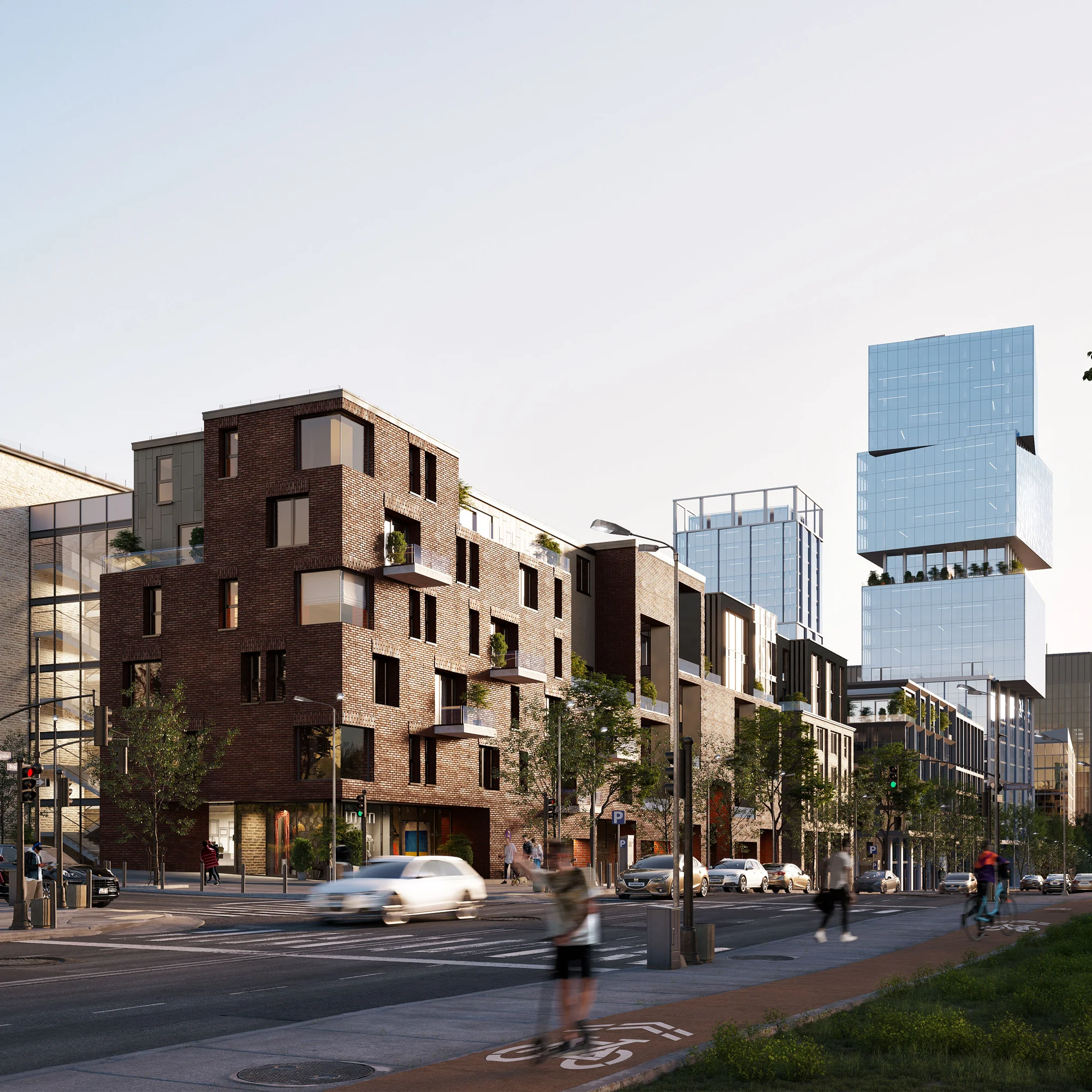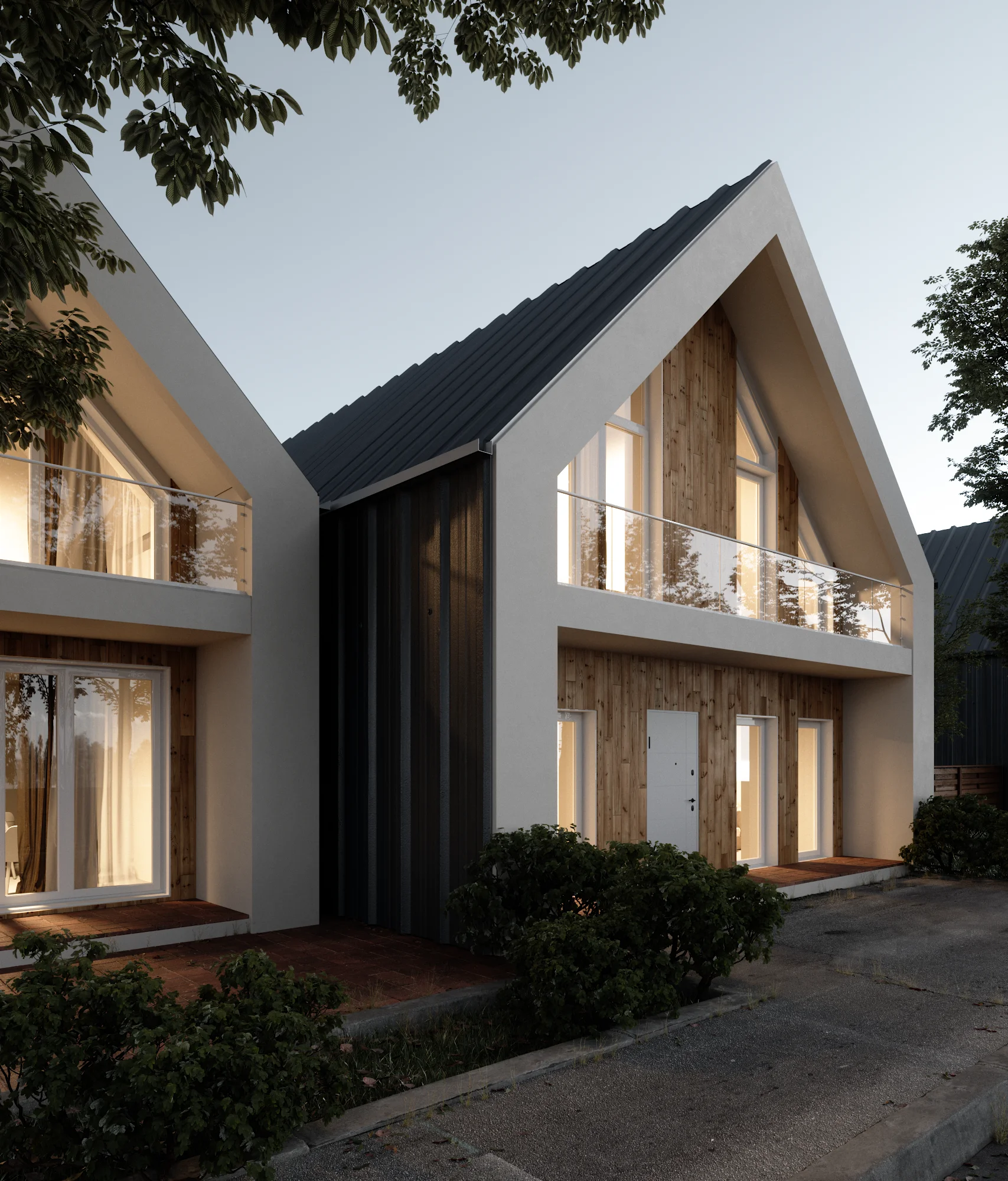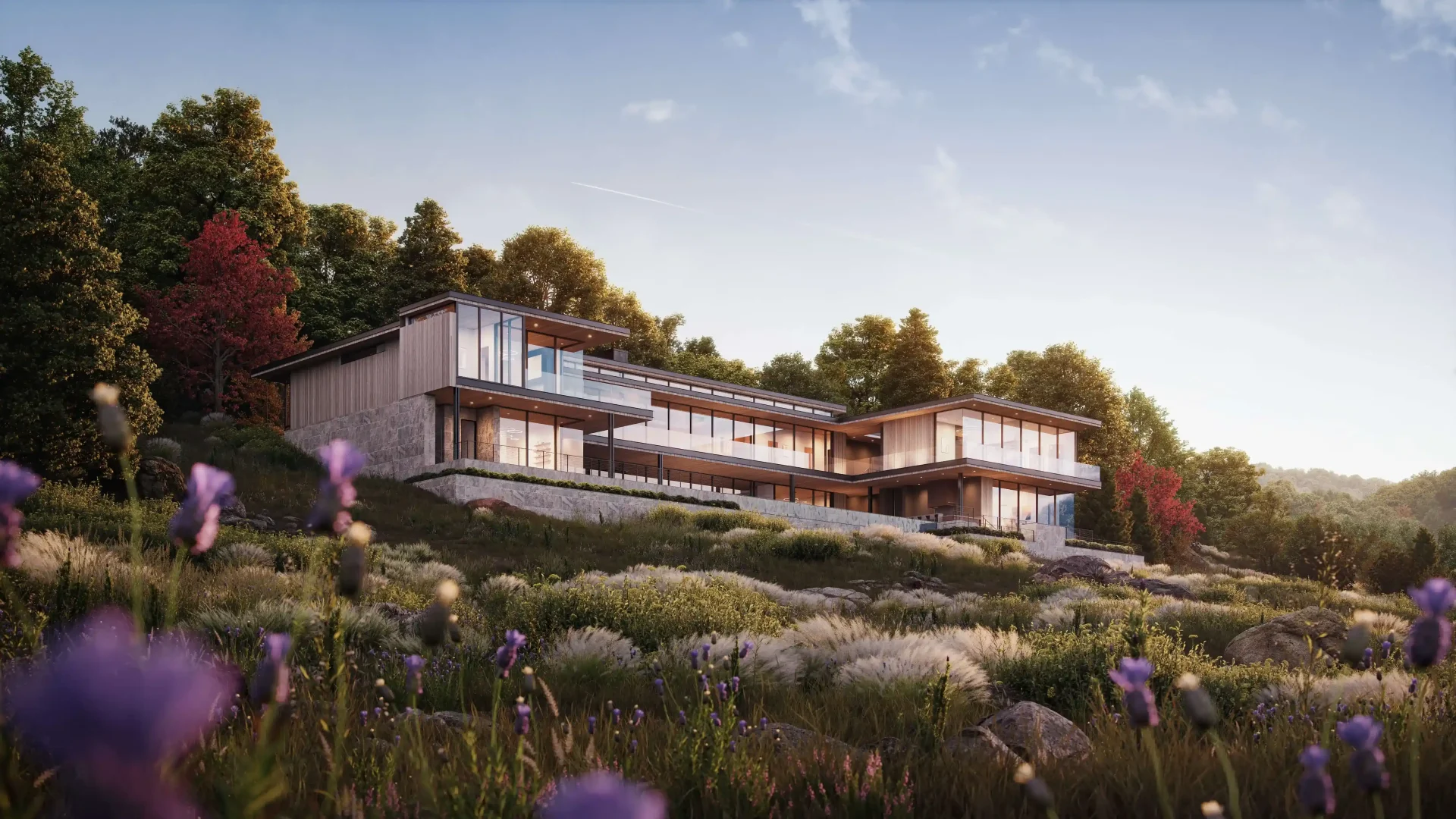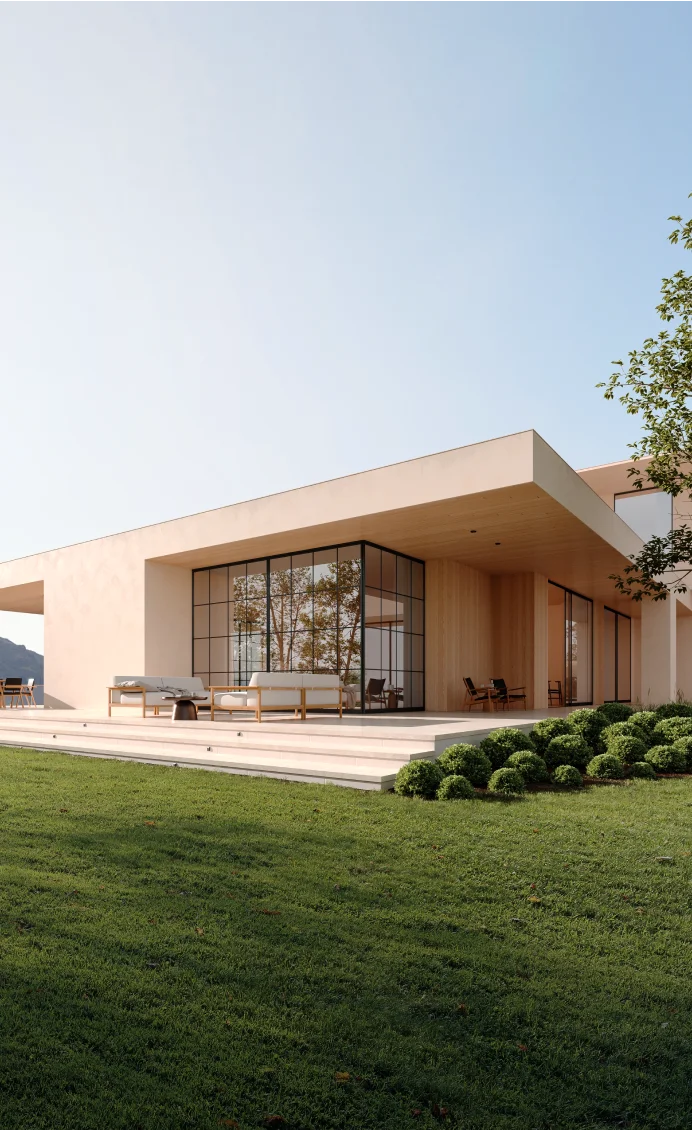CGI rendering is a technology used in architecture to create photorealistic images of buildings, landscapes, and interior spaces. This technology allows architects to visualize and explore different design concepts, materials, lighting conditions, and landscaping options in a realistic way. It also aids in spotting potential design flaws before construction begins. The use of CGI visualization in architecture has made it possible to communicate ideas to clients, stakeholders, and the public in a new, most realistic, and understandable way. And this, in turn, allowed architects to win the favor of customers and investors.
CGI rendering is a fascinating process that involves a lot of technical know-how and creativity. Now, let’s delve deeper into the world of CGI rendering and explore the steps involved in creating stunning visuals.
How CGI rendering in architecture works
Step 1: 3D Modeling
The first step of CGI rendering is to create a 3D model of the building or environment. This can be done using specialized software such as 3D Studio Max, Maya, or Blender. 3D modeling allows designers to experiment with different design elements and make changes to the design before it is built. This saves time and money, as it reduces the need for physical prototypes and allows for more accurate cost estimates.
Step 2: Texturing and Mapping
Once the 3D model is complete, the next step is to apply textures and materials to it. Textures can be anything from wood grain to brick patterns and are applied to the model surfaces using specialized software. This process is crucial to creating a realistic image as it adds depth and volume to the model.
Step 3: Setting up the Scene
This involves positioning virtual cameras and lighting to create the desired effect. Lighting is an essential element in generating a realistic image. It can be used to make shadows, highlights, and reflections, which add depth and dimension to the image. The virtual cameras are used to capture the scene from different angles and perspectives.
Step 4: Rendering
Once the scene is set up, with models, textures, lighting, and animation in place, the rendering process begins. Rendering is the computation-intensive step where the software calculates the appearance of the scene by simulating the behavior of light rays as they interact with the virtual objects and materials.
Artists can specify various rendering parameters to control the quality and appearance of the final output. These parameters include resolution, antialiasing, global illumination, shadows, reflections, and more.
Rendering can be a time-consuming process, especially for complex scenes or high-quality output. It often involves dividing the scene into smaller parts and distributing the rendering workload across multiple computers or rendering farms to speed up the process.
After the rendering is complete, the resulting images or frames are often subjected to post-processing. This involves applying additional effects, color corrections, compositing, and other adjustments to enhance the final image or sequence.
Once all the desired post-processing is complete, the final CGI images or animation frames are ready for output. These can be saved as image files, video files, or integrated into larger projects, such as films, commercials, video games, or architectural visualizations.
Common Applications of CGI Rendering in Architecture
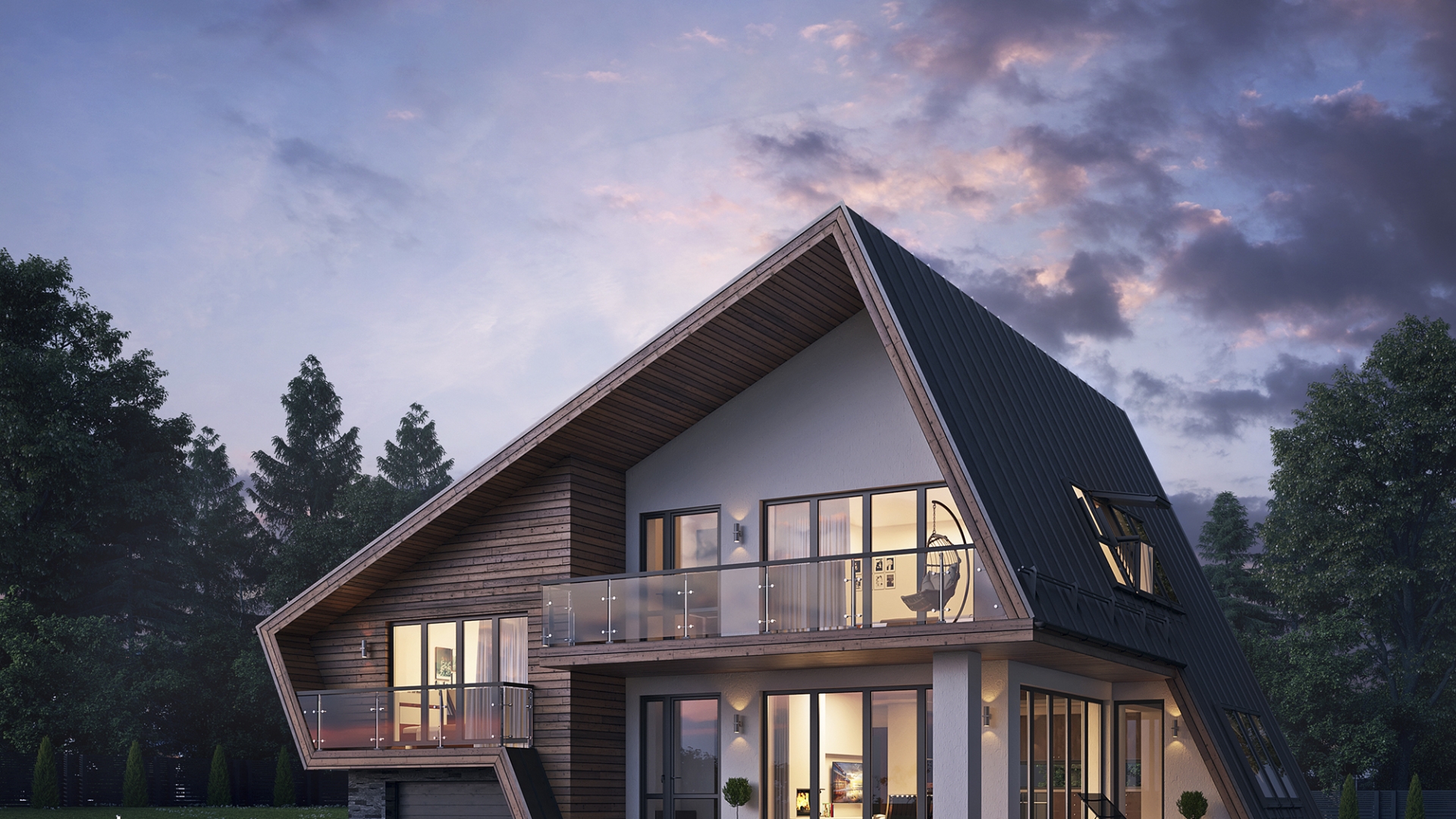
CGI rendering is an essential tool in modern architecture. It allows architects and designers to create realistic visualizations of their designs before any construction takes place. This technology has revolutionized the architectural industry, making it easier to communicate complex design ideas to clients and stakeholders. But where is it used the most? Let’s explore.
- Residential and commercial building design is one of the most common applications of CGI rendering. This technology allows architects to create 3D models of buildings, which can be viewed from any angle. This helps clients to visualize the building and make informed decisions about its design and layout.
- Landscape design is another area where CGI rendering is widely used. It allows designers to create realistic 3D models of outdoor spaces, including gardens, parks, and public spaces. CGI technology is particularly useful for urban planning and development, where it can help architects and planners to create sustainable and functional outdoor spaces.
- Interior design: CGI rendering allows designers to create realistic 3D models of interior spaces, including furniture, lighting, and decor. This seems especially helpful for designers working on commercial projects, such as hotels and restaurants, where it is essential to create a welcoming and functional space for customers.
- Urban planning and development: With CGI rendering architects and planners are able to create realistic 3D models of entire cities, including buildings, streets, and public spaces. CGI technology is particularly useful for large-scale projects, such as new developments or regeneration projects, where it is essential to make a cohesive and sustainable urban environment.
- Historical preservation and restoration. In this area, architects and designers use CGI rendering to create accurate 3D models of historic buildings and monuments, which can be used to guide restoration work. It is pretty helpful for preserving and restoring buildings that have been damaged by natural disasters or neglect.
- In addition to these applications, CGI rendering is also commonly used in architectural competitions. It allows architects and designers to create stunning visualizations of their designs, which can help them to communicate their ideas to judges and win contracts.
Overall, CGI rendering is an essential tool for modern architects and designers. It allows them to create realistic visualizations of their designs, which can help clients and stakeholders to make informed decisions about construction projects. With the increasing importance of sustainability and functionality in modern architecture, CGI rendering is set to become even more important in the future.
Key advantages of CGI Rendering
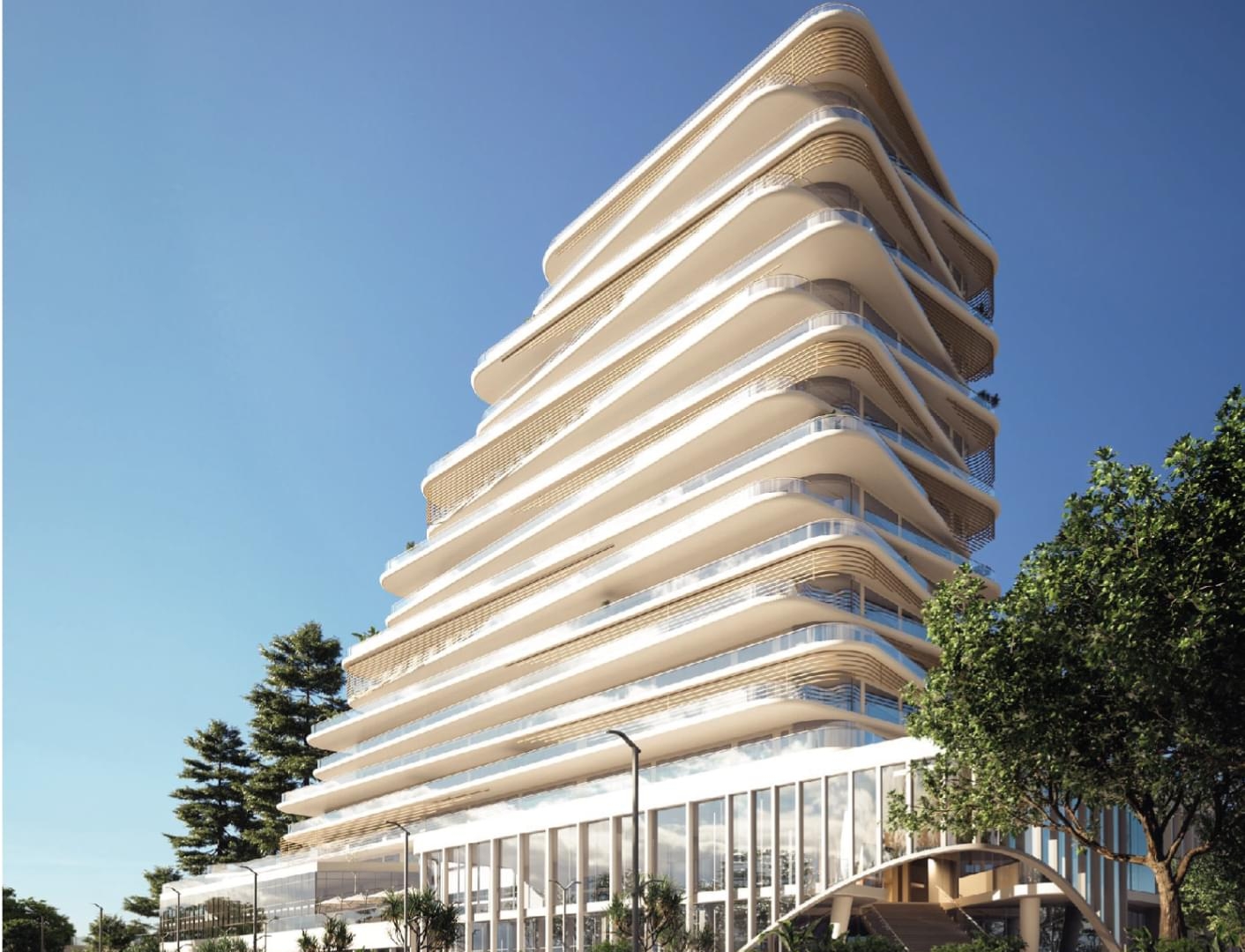
Architectural rendering has come a long way since the days of hand-drawn sketches and physical models. Today, CGI rendering has become the preferred method for visualizing architectural designs.
CGI rendering offers several key advantages over traditional methods. For one, CGI rendering allows for much more accuracy and detail. This level of detail makes it easier to communicate complex ideas to clients and stakeholders. With CGI rendering, architects and designers can create photorealistic images that accurately depict lighting. This level of detail can help clients visualize the final product and make more informed decisions.
Another advantage of CGI rendering is its flexibility. It is much easier to make changes to digital models than it is to physical models or sketches. With CGI rendering, architects and designers can quickly modify designs and make changes based on client feedback. This saves time and money, as it eliminates the need to create new physical models or sketches.
Furthermore, CGI rendering can help architects and designers experiment with different design options. They can quickly create multiple versions of a design and compare them side-by-side. This allows them to explore different possibilities and make more informed decisions about the final design.
While traditional methods are still valuable in some situations, it is becoming increasingly clear that CGI rendering is the go-to method for visualizing architectural designs. With its accuracy, flexibility, and cost-effectiveness, CGI rendering is revolutionizing the field of architectural rendering.
The Future of CGI Rendering in Architecture
As technology continues to advance, the future of CGI rendering in architecture is looking brighter than ever. With more powerful computers, faster rendering times, and more advanced software, architects and designers will be able to create even more detailed and realistic images than ever before. This will help improve communication with clients and other stakeholders, making it easier to get projects approved and completed successfully.
One of the most exciting aspects of the future of CGI rendering in architecture is the potential for increased sustainability. As concerns about climate change continue to grow, architects and designers are looking for ways to create buildings that are more environmentally friendly. CGI rendering can help with this by allowing architects to simulate the environmental impact of different building materials and designs. By testing different options virtually, architects can make more informed decisions about which materials and designs will have the least impact on the environment.
CGI rendering may play an even more critical role in architecture. With the ability to create immersive environments that clients can explore in real-time, architects and designers will be able to create even more compelling designs and get better feedback from clients. This could lead to more innovative and creative designs that better meet the needs of clients and the communities they serve.
Another exciting development in the future of CGI rendering in architecture is the potential for increased accessibility. As more people around the world gain access to the internet and computers, architects and designers will be able to share their designs with a wider audience. This could lead to more collaboration between architects and designers from different parts of the world, as well as greater access to architectural designs for people who may not have had access to them before.
The future of CGI rendering in architecture is full of exciting possibilities. From increased sustainability to greater accessibility, CGI rendering has the potential to revolutionize the way architects and designers approach their work. As technology continues to advance, we can only imagine what new developments and innovations will be possible in the years to come.
Conclusion
Even though it isn’t new, CGI rendering is a vital technology in architecture, offering architects and designers the ability to create detailed, photorealistic images of their designs quickly and efficiently. With its many benefits and applications, from residential and commercial building design to historical preservation and restoration, CGI rendering is sure to become even more essential in the future. So, we can expect to see even more incredible architectural designs brought to life with the help of CGI rendering in the years ahead.
FAQ:
How does CGI rendering benefit the architectural industry?
CGI rendering benefits the architectural industry by allowing architects to present their designs in a visually appealing way, enhancing communication with clients, identifying design flaws early in the process, saving time and resources, and aiding in marketing and sales efforts for real estate developments.
What are some of the software tools used for CGI rendering?
Popular software tools for CGI rendering include 3ds Max, Blender, SketchUp, and many others. The choice of software depends on factors like personal preference, project requirements, and budget.
How does CGI rendering improve client communication?
CGI rendering creates realistic images that make it easier for clients without architectural training to visualize and understand the proposed designs. This facilitates better communication, feedback, and faster decision-making.
What skills are required to work with CGI rendering in architecture?
Working with CGI rendering requires a solid understanding of architectural design principles, aesthetic sensibilities, and proficiency in computer graphics, including 3D modeling, lighting, texturing, and rendering techniques, as well as familiarity with relevant software tools.
How do advancements in technology impact CGI rendering?
Technological advancements are making CGI rendering more sophisticated, detailed, and accessible. Future developments include integration with virtual and augmented reality, real-time rendering, and the incorporation of AI algorithms to automate and enhance various aspects of the process.
What are some future trends in CGI rendering for architecture?
Future trends in CGI rendering include increased integration with virtual and augmented reality, real-time rendering capabilities, AI-driven automation and enhancements, and greater accessibility for smaller firms and individual practitioners.





